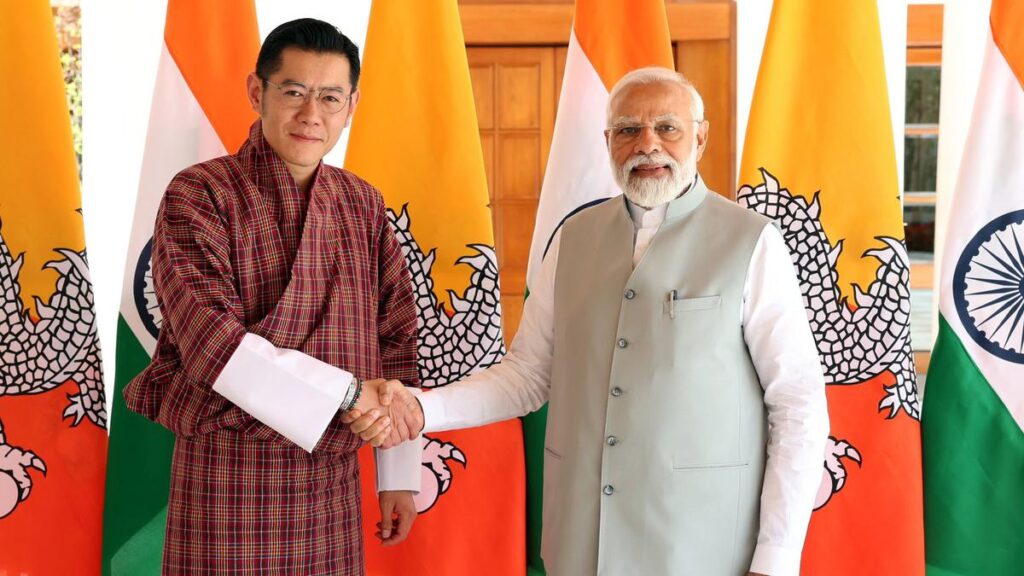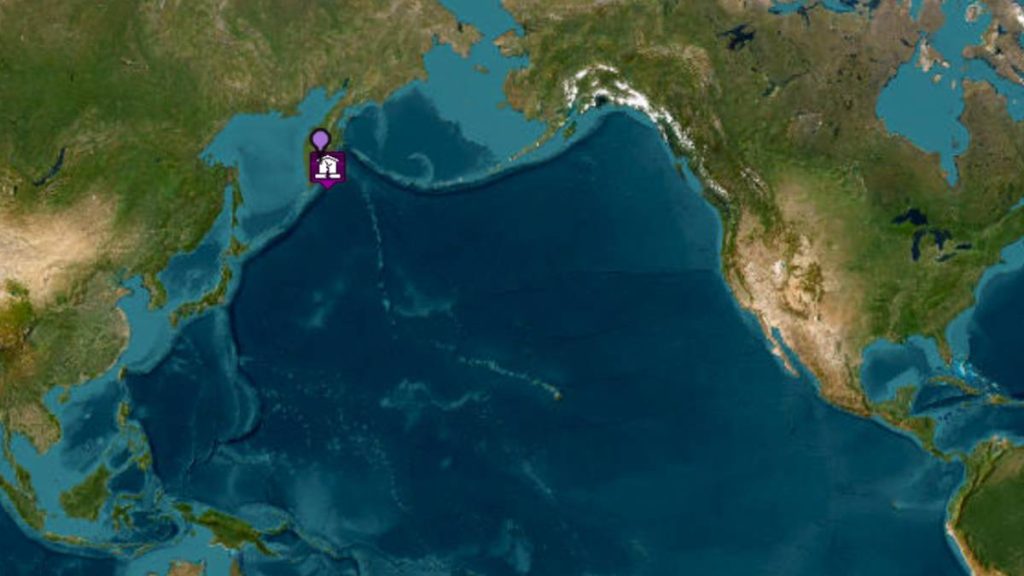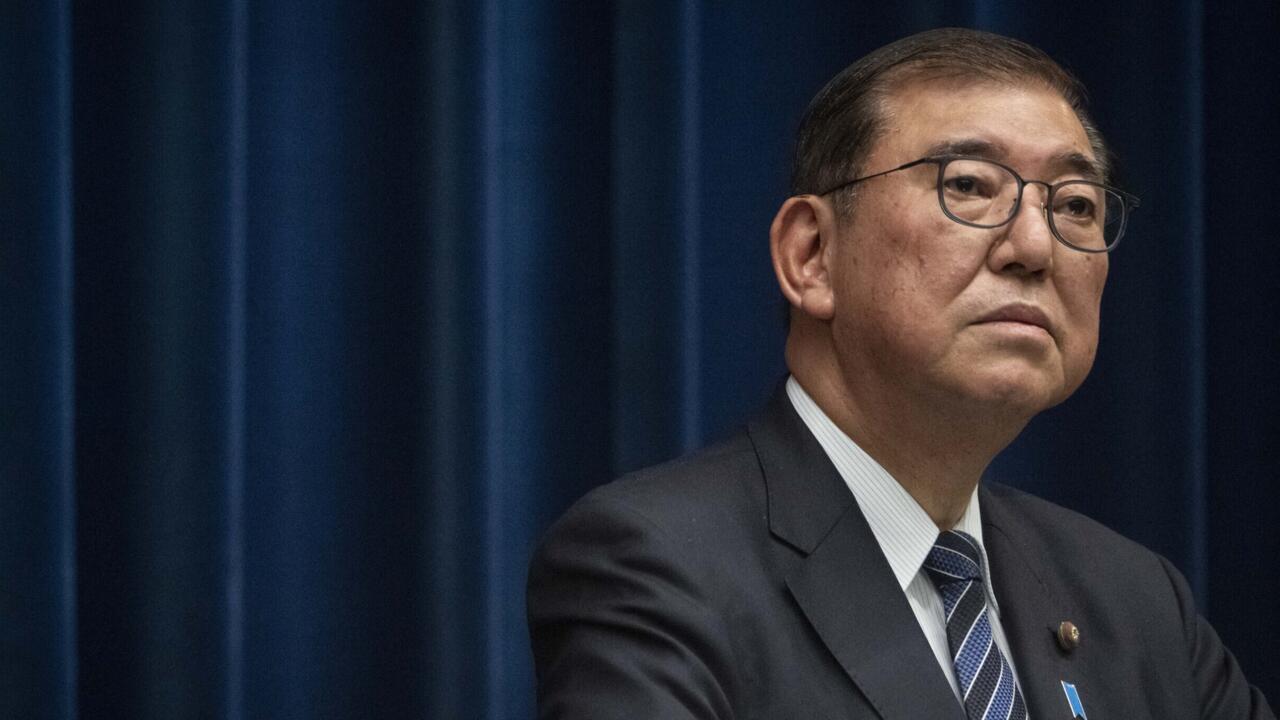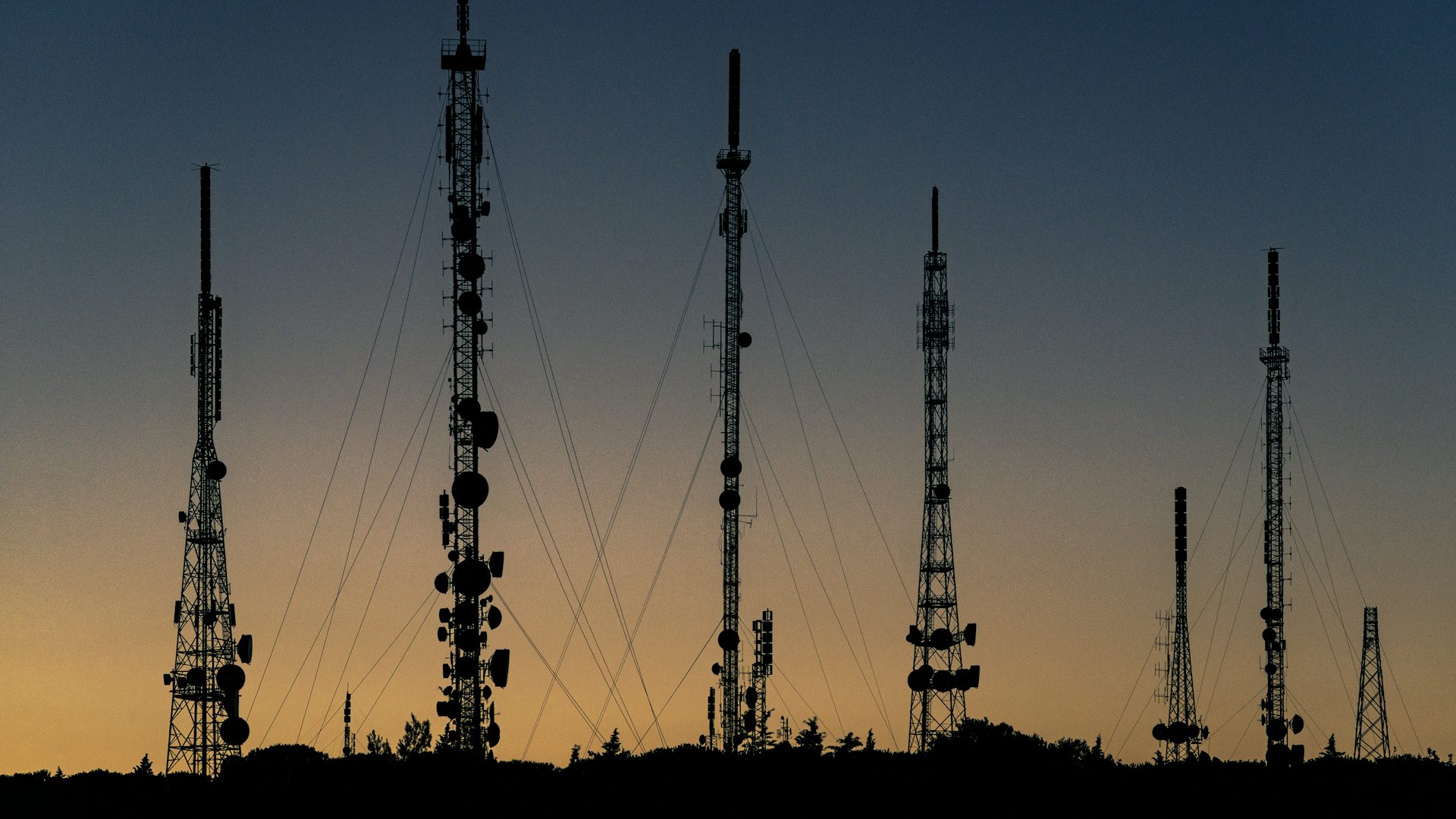- Russian Cancer Vaccine. Is this vaccine 100% Effective?
- Tata Motors Announces Major Price Cuts on Passenger Vehicles
- Cough Syrups Easily Available in Bengaluru Without Doctor’s Note
- 1 GB Internet Costs Less Than A Cup Of Tea: PM Modi Says
- 40% Surge in Urban Heart Issues: Essential Daily Habits for Office Workers
Adani Power and Druk Green sign ₹6,000 crore deal for 570 MW Wangchhu hydro project in Bhutan, starting 2026.
Adani Power and Druk Green Join Forces for ₹6,000 Crore Wangchhu Hydro Project in Bhutan

In a landmark move for renewable energy and Indo-Bhutanese collaboration, Adani Power, India’s leading private thermal power producer, has partnered with Bhutan’s state-owned Druk Green Power Corporation (DGPC) to develop a 570 MW Wangchhu hydroelectric project. This ambitious ₹6,000 crore initiative, set to commence construction in 2026, marks a significant step toward sustainable energy development and strengthens the deep-rooted energy ties between India and Bhutan. The project, operating under a Build, Own, Operate, Transfer (BOOT) model, promises to address Bhutan’s winter energy demands while exporting surplus power to India during the summer months. Here’s an in-depth look at this transformative venture, its implications, and its role in shaping the future of clean energy in the region.
A Milestone in Bhutan-India Energy Cooperation
The agreement for the Wangchhu hydroelectric project was formalized through a Shareholders Agreement (SHA), a Power Purchase Agreement (PPA), and a Concession Agreement (CA) with the Royal Government of Bhutan. Signed in the presence of Bhutan’s Prime Minister, Dasho Tshering Tobgay, and Adani Group Chairman, Gautam Adani, this deal underscores the enduring partnership between the two nations. Bhutan’s Prime Minister hailed the agreement as a “historic milestone” in clean energy cooperation, emphasizing its role in advancing Bhutan’s sustainable development goals.
This project is the first under a broader Memorandum of Understanding (MoU) signed in May 2025 between Adani Group and DGPC, aiming to develop 5,000 MW of hydropower in Bhutan. With construction slated to begin in the first half of 2026 and a completion target within five years, the Wangchhu project is poised to become a benchmark for future hydropower initiatives in the region. The collaboration leverages Adani Power’s technical expertise and financial strength alongside DGPC’s deep experience in Bhutan’s hydropower sector, setting the stage for a fast-tracked and efficient implementation.
Understanding the Wangchhu Hydroelectric Project
The Wangchhu hydroelectric project is designed as a peaking run-of-river plant, a type of hydropower facility that generates electricity based on the natural flow of the river without requiring large storage reservoirs. This environmentally friendly approach minimizes ecological disruption while maximizing energy efficiency. With an investment of approximately ₹6,000 crore (around ₹60 billion), the project will include the construction of a renewable energy power plant and supporting infrastructure, such as transmission lines and access roads.
The detailed project report (DPR) has already been completed, ensuring that the groundwork is in place for construction to begin by mid-2026. The project is expected to be operational by 2031, providing a reliable source of clean energy for Bhutan and India. SB Khyalia, CEO of Adani Power, highlighted the project’s significance, stating, “The Wangchhu hydroelectric project will critically meet Bhutan’s peak winter demand when hydropower generation is low. During the summer months, it will export surplus power to India, strengthening regional energy security.”
Addressing Bhutan’s Energy Needs
Bhutan, often regarded as a global leader in sustainable development, relies heavily on hydropower as the backbone of its energy sector. However, the country faces challenges during the winter months when river flows decrease, leading to reduced hydropower generation. The Wangchhu project is strategically designed to address this seasonal shortfall by providing a peaking power plant capable of meeting Bhutan’s energy demands during peak winter periods.
In the summer months, when river flows are higher, the project will generate surplus electricity that can be exported to India, further strengthening the energy trade between the two nations. This dual-purpose functionality makes the Wangchhu project a critical asset for Bhutan’s energy security and a valuable contributor to India’s growing demand for clean energy. Dasho Chhewang Rinzin, Managing Director of DGPC, emphasized the project’s role, stating, “The project will not only ensure Bhutan’s energy security but also enhance grid connectivity between Bhutan and India.”
The BOOT Model: A Strategic Approach
The Wangchhu project will be developed under the Build, Own, Operate, Transfer (BOOT) model, a framework that allows private entities like Adani Power to finance, construct, and operate the project for a specified period before transferring ownership to the Royal Government of Bhutan. This model is particularly advantageous for large-scale infrastructure projects, as it reduces the financial burden on the government while leveraging private sector expertise.
The BOOT model ensures that the project is executed efficiently, with Adani Power bringing its extensive experience in power development and DGPC contributing its knowledge of Bhutan’s hydropower landscape. The collaboration is expected to set a precedent for future projects, with both parties already engaged in discussions for additional hydropower ventures under the May 2025 MoU.
Bhutan’s Ambitious Renewable Energy Goals
Bhutan’s commitment to renewable energy is central to its vision of becoming a high-income Gross National Happiness (GNH) country by 2034. The nation aims to scale up its renewable energy capacity by adding 15,000 MW of hydropower and 5,000 MW of solar power by 2040, bringing its total generation capacity to 25,000 MW. The Wangchhu project is a crucial step toward achieving this goal, as it aligns with Bhutan’s focus on harnessing its abundant hydropower potential while diversifying into solar energy.
DGPC, established in 2008 as Bhutan’s sole generation utility, currently manages a portfolio of over 2,500 MW and is expanding rapidly to meet the country’s long-term energy aspirations. Druk Holding & Investments, the commercial arm of the Royal Government of Bhutan, serves as DGPC’s shareholder, reinforcing the government’s commitment to sustainable energy development. The partnership with Adani Power is seen as a strategic move to fast-track Bhutan’s renewable energy ambitions while fostering economic growth.
Strengthening Indo-Bhutan Energy Ties

The Wangchhu hydroelectric project builds on a long history of energy cooperation between India and Bhutan, dating back to the 1960s. Hydropower has been a cornerstone of this relationship, with India providing technical and financial support for several of Bhutan’s major hydropower projects. The Wangchhu project further solidifies this partnership, enhancing grid connectivity and enabling the seamless exchange of clean energy between the two nations.
Bhutan’s Prime Minister, Dasho Tshering Tobgay, emphasized the significance of this collaboration during his visit to India, which included diplomatic, cultural, and spiritual engagements. His meeting with India’s External Affairs Minister, S Jaishankar, reaffirmed the “unique and time-tested” partnership between the two countries. The Wangchhu project is expected to create jobs, boost infrastructure development, and contribute to economic growth in Bhutan while supporting India’s transition to renewable energy.
Adani Power’s Role in Renewable Energy
Adani Power, part of the Adani Group, is India’s largest private thermal power producer, but it is increasingly diversifying into renewable energy. The Wangchhu project marks a significant milestone in the company’s renewable energy portfolio, showcasing its commitment to sustainable development. With a world-class team of experts and a focus on innovation, Adani Power is well-positioned to deliver high-quality, affordable electricity through projects like Wangchhu.
The company’s technical and financial strength, combined with its experience in large-scale power projects, makes it an ideal partner for DGPC. The collaboration is expected to set a benchmark for future hydropower projects in Bhutan, with both parties committed to leveraging technology and innovation to maximize efficiency and minimize environmental impact.
Economic and Environmental Impact
The Wangchhu hydroelectric project is poised to deliver significant economic and environmental benefits. In Bhutan, the project will create job opportunities, improve infrastructure, and contribute to the country’s economic growth. By addressing winter energy shortages, it will enhance energy security and support Bhutan’s vision of becoming a high-income GNH nation.
Environmentally, the project aligns with Bhutan’s commitment to sustainable development and carbon neutrality. As a run-of-river plant, it minimizes ecological disruption compared to traditional dam-based hydropower projects. The export of surplus power to India will also contribute to reducing the region’s reliance on fossil fuels, supporting India’s renewable energy targets and climate goals.
Future Prospects and Strategic Partnership
The Wangchhu project is just the beginning of a broader strategic partnership between Adani Group and DGPC. The May 2025 MoU outlines plans to develop 5,000 MW of hydropower in Bhutan, and discussions for additional projects are already underway. This long-term collaboration has the potential to transform Bhutan’s energy landscape while strengthening ties with India.
As Bhutan continues to invest in renewable energy, partnerships like this one will play a critical role in achieving its ambitious goals. The Wangchhu project’s success could pave the way for similar initiatives, positioning Bhutan as a leader in clean energy production and a key player in regional energy markets.
Conclusion
The ₹6,000 crore Wangchhu hydroelectric project represents a significant milestone in the Indo-Bhutanese partnership and a bold step toward a sustainable energy future. By combining Adani Power’s expertise with DGPC’s local knowledge, the project promises to deliver reliable, clean energy while fostering economic growth and environmental sustainability. Set to begin construction in 2026, the Wangchhu project is a testament to the power of collaboration and innovation in addressing the region’s energy challenges. As Bhutan and India continue to deepen their energy ties, this initiative will serve as a model for future renewable energy projects, driving progress toward a greener and more prosperous future.
Eye Drops That Could Eliminate Reading Glasses - Research Breakdown
Recent 2025 research, including a 766-patient study presented at ESCRS, reveals that eye drops containing pilocarpine and diclofenac can significantly
The 10-Minute Rule by Steve Jobs - A Stanford-Proven Creativity Hack
Discover Steve Jobs’ 10-minute rule, a simple yet powerful creativity hack backed by a Stanford study. This technique involves taking 10-minute breaks
Sushila Karki Sworn In as Nepal's First Woman PM: What You Need to Know
Sushila Karki, Nepal's former Chief Justice, was sworn in as interim Prime Minister on September 12, 2025, becoming the country's first female leader.
Russia Earthquake Today: 7.4 Magnitude Strike Off East Coast Sparks Pacific Alerts
A powerful 7.4 magnitude earthquake struck off Russia's Kamchatka Peninsula on September 12, 2025, at a shallow depth of 39.5 km, according to USGS da












